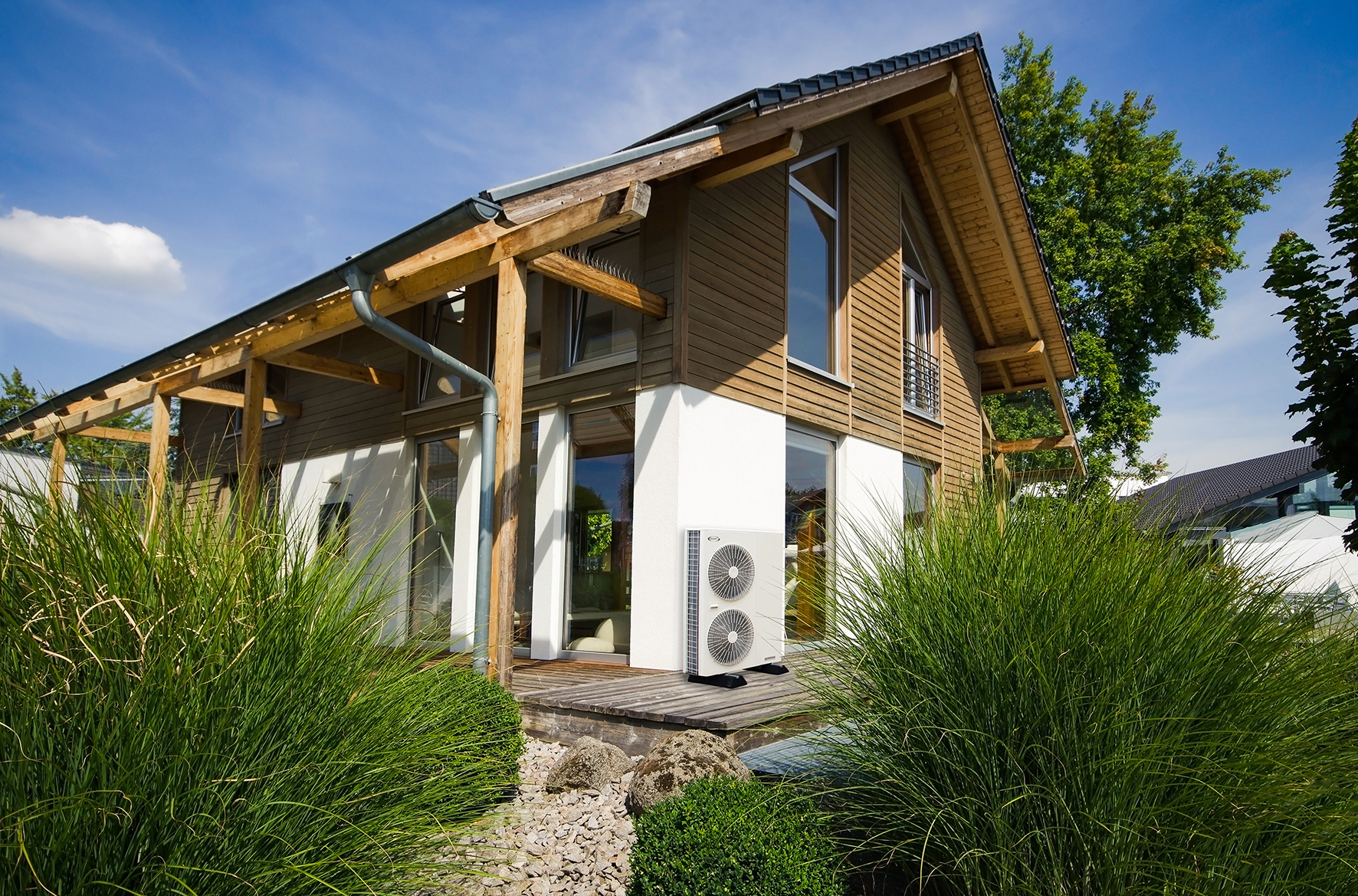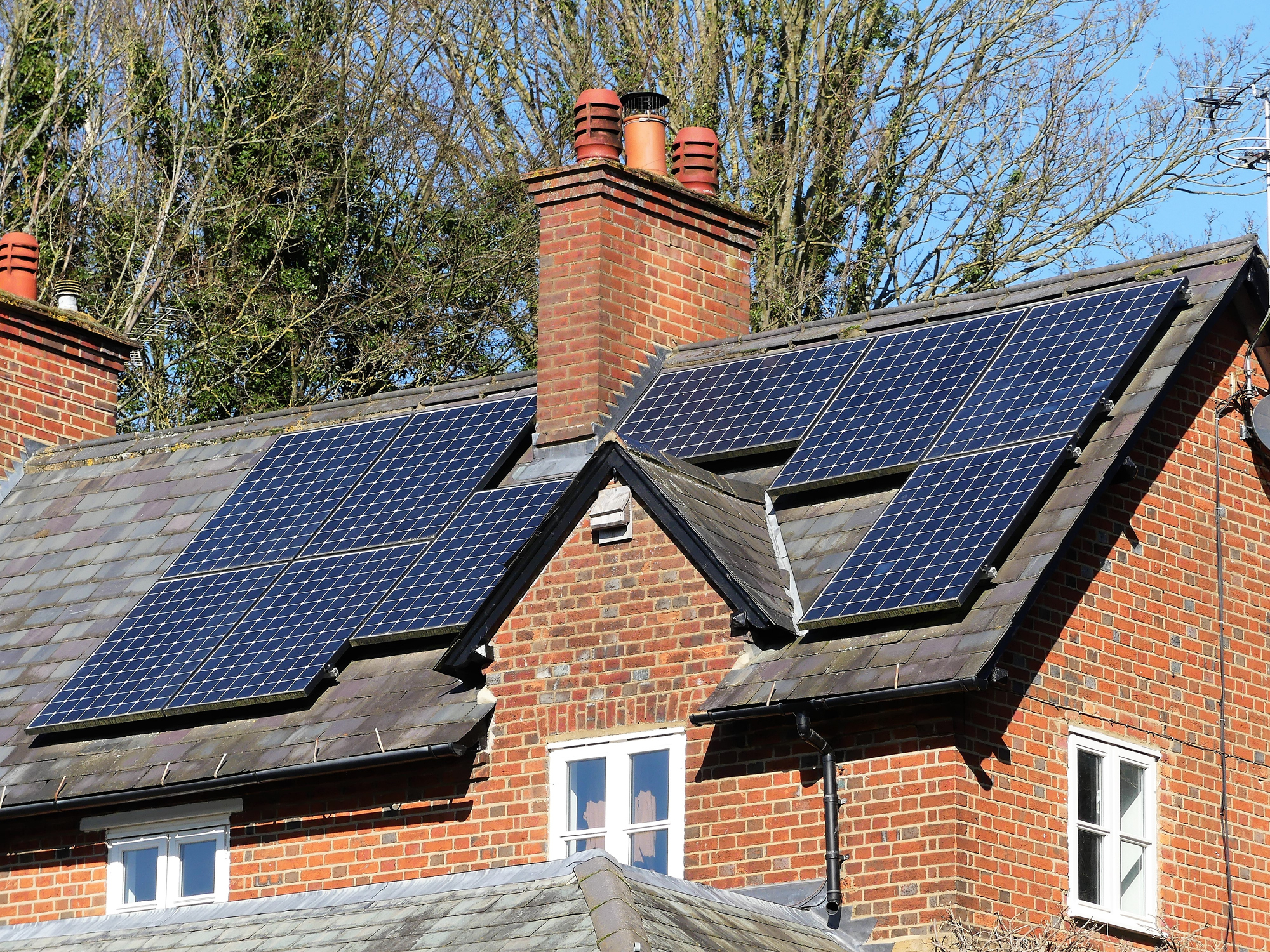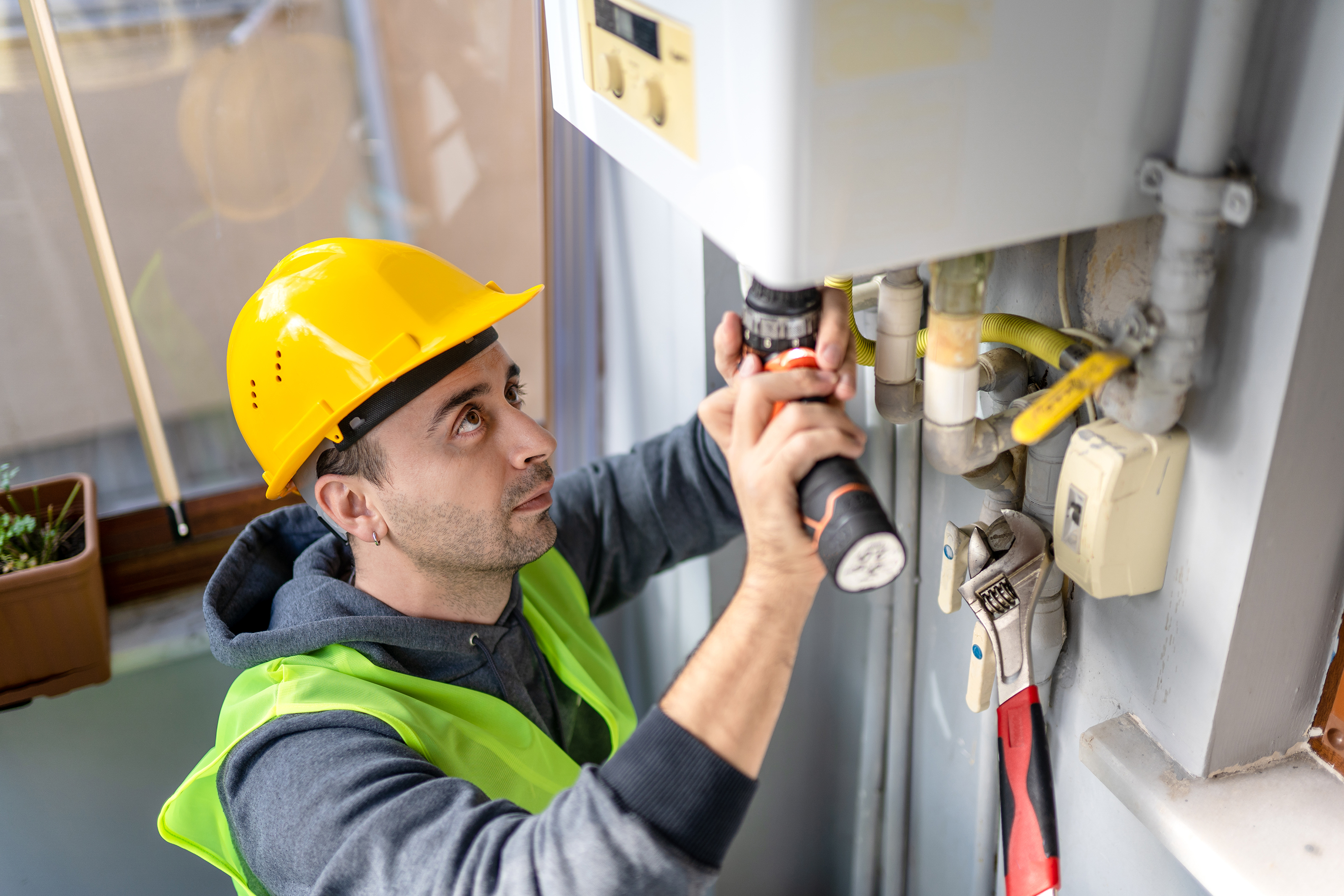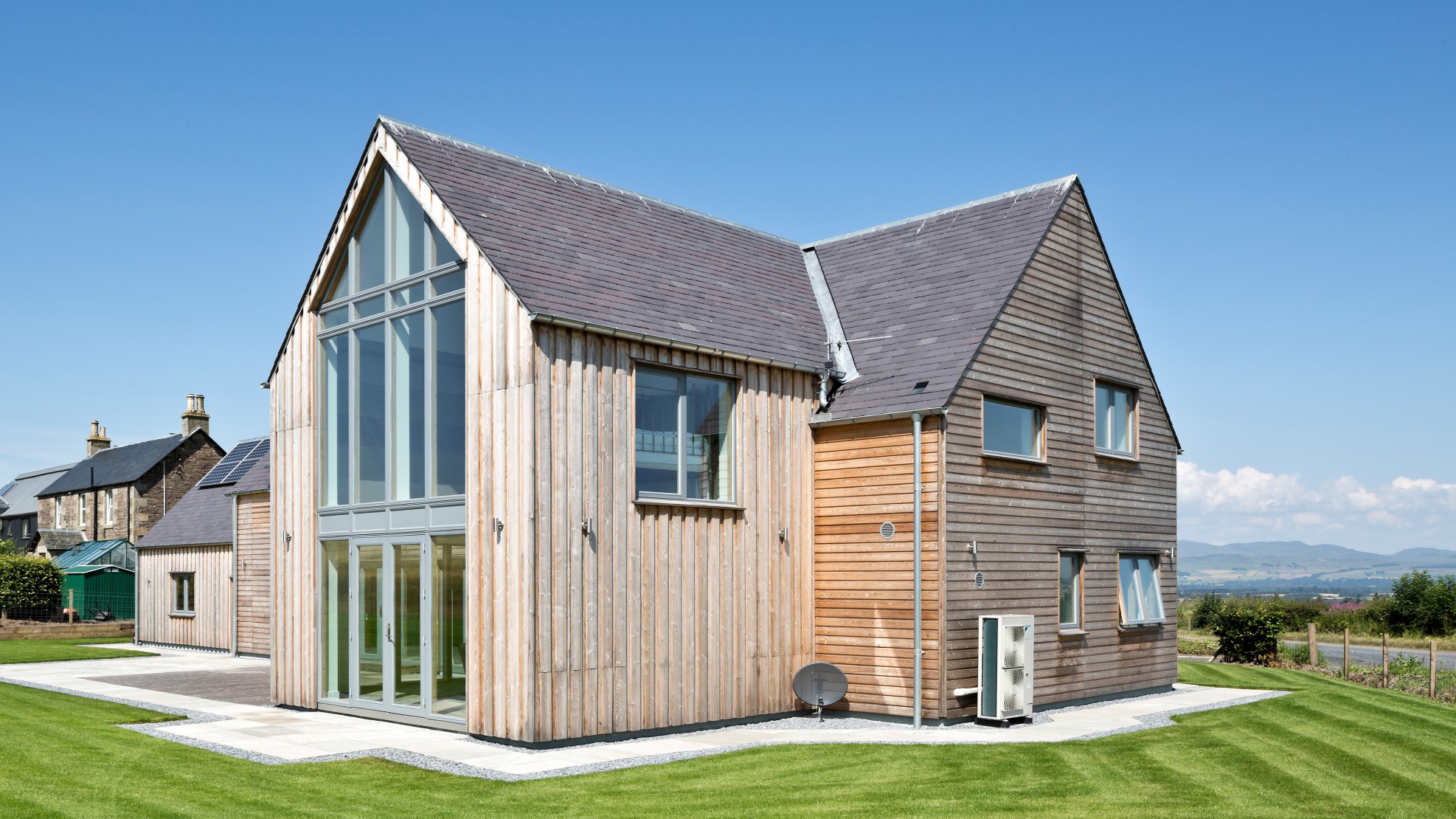Renewable Heat Incentive Ends For New Applications
The Renewable Heat Incentive has officially ended for new applications, but ongoing payments will continue

The Renewable Heat Incentive ended on 31 March 2022 for new applications, but homeowners who have already applied can still benefit from funding towards renewable technology installed in your home.
The scheme offered compensation for homeowners who installed renewable heat sources such as air source heat pumps, solar panels and biomass boilers.
Discover more about the how the scheme worked and the scheme that will now succeed the RHI for renewable heating.
What Was the Renewable Heat Incentive?
The Renewable Heat Incentive (RHI) was a government scheme launched back in 2014 designed to promote the use of renewables.
The scheme offered payments for qualifying installations of renewable technology, paid back over a seven-year period. This could be used to offset the initial expenditure in buying equipment and paying for installation, which can be one of the largest barriers to the adoption of renewable tech.
The RHI payment rates were specifically designed to pay back the capital cost difference between the renewable technology and a conventional heating technology.
The payments differed between properties in accordance with the efficiency of the property, but in most cases the RHI covered a large percentage of the capital costs over seven years.
The RHI had two schemes:
- Domestic RHI scheme was designed to pay back the difference in capital cost of a renewable heat technology installation (replacing or instead of conventional heating technology) with quarterly payments over a seven year period. The amount of payment was calculated according to the heat requirements of the property and the efficiency of the heating system.
- Non-Domestic RHI scheme was the same as above but for the public sector and non-profit organisations.

Which Technologies Were Eligible?
The eligible technologies in the domestic RHI scheme included:
- Air source heat pumps
- Ground source heat pumps
- Biomass boilers (including wood pellets, wood chips and logs)
- Solar thermal panels
All the technologies must have been registered on the MCS to be eligible for payments.
Approved Metering and Monitoring Service Package (MMSP) equipment could also have been installed and would have received additional payments.
RHI payments are paid quarterly for seven years, while unmetered payments are fixed for the duration of the term and adjusted according to the Consumer Price Index (CPI).
How Were Payments Calculated?
Domestic RHI payments were calculated on the energy performance rating of the property and the efficiency of the appliance.
Heat pumps use electricity so the output energy figure was adjusted to allow for the electricity used.
If there was a second heat source, such as a boiler and a heat pump, then meters will have been installed and the payments will have been based on meter readings.

How Much Could I Have Received?
RHI payments were based on the efficiency of the heating system and the heat demand of the home.
The whole idea of the RHI was to offset the capital cost of the installation of renewable technologies to bring them in line with conventional heating appliances. This was not intended to be an income stream.
The domestic RHI eligible technologies attracted different tariffs and heat pump tariffs were capped. The payback was very similar for the different technologies but as installation costs can vary the payback could vary too.
Air source heat pumps were capped at 20,000kWh per year. Ground source heat pumps were capped at 30,000kWh per year. Both of these figures were also subject to the efficiency of the system.
So as an example if your ground source heat pump is 400% efficient then it uses one unit of electricity to deliver four units of heat.
Therefore if you generate 30,000kWh of heat then you will only be paid for three quarters or 22,500kWh x 21.16p = £4,761 per year
or
£33,327 over seven years.

What Has Replaced the Renewable Heat Incentive?
The Boiler Upgrade Scheme launched on 1 April 2022 - although applications for grants open from 23 May - and can be viewed as a successor to the Renewable Heat Incentive.
Functioning more like the Green Homes Grant, the Boiler Upgrade Scheme will offer a fixed sum - either £5,000 or £6,000 - towards a renewable technology installation.
The scheme will focus almost exclusively on heat pumps. Biomass boilers will also qualify, but only for properties which are deemed unsuitable for heat pump installation.
Get the Homebuilding & Renovating Newsletter
Bring your dream home to life with expert advice, how to guides and design inspiration. Sign up for our newsletter and get two free tickets to a Homebuilding & Renovating Show near you.
David is a renewables and ventilation installer, with over 35 years experience, and is a long-standing contributor to Homebuilding and Renovating magazine. He is a member of the Gas Safe Register, has a Masters degree in Sustainable Architecture, and is an authority in sustainable building and energy efficiency, with extensive knowledge in building fabrics, heat recovery ventilation, renewables, and also conventional heating systems. He is also a speaker at the Homebuilding & Renovating Show.
Passionate about healthy, efficient homes, he is director of Heat and Energy Ltd. He works with architects, builders, self builders and renovators, and designs and project manages the installation of ventilation and heating systems to achieve the most energy efficient and cost effective outcome for every home.

